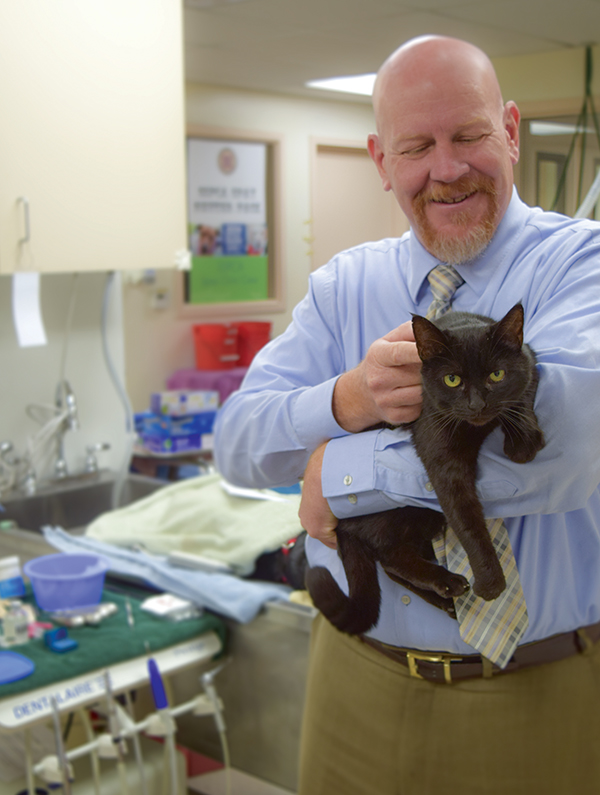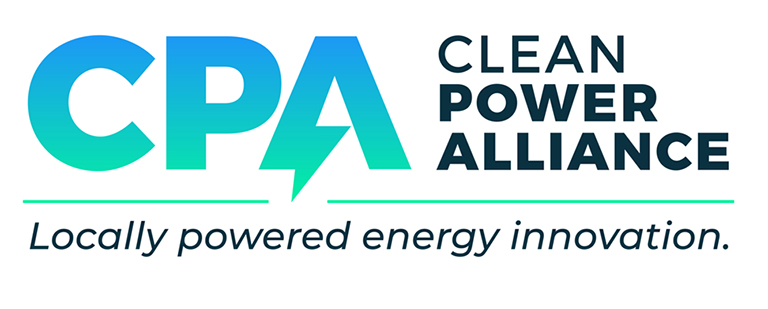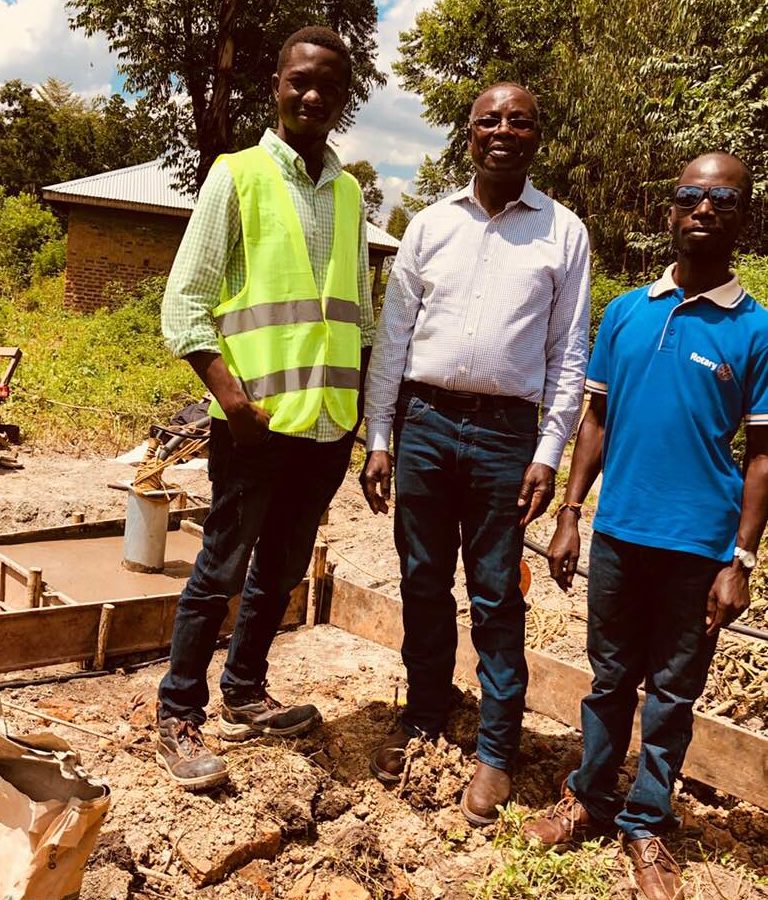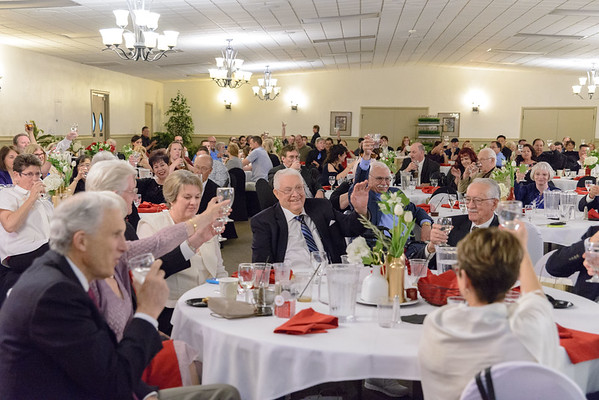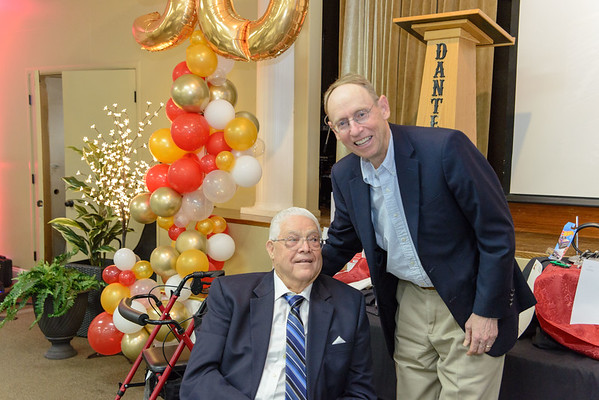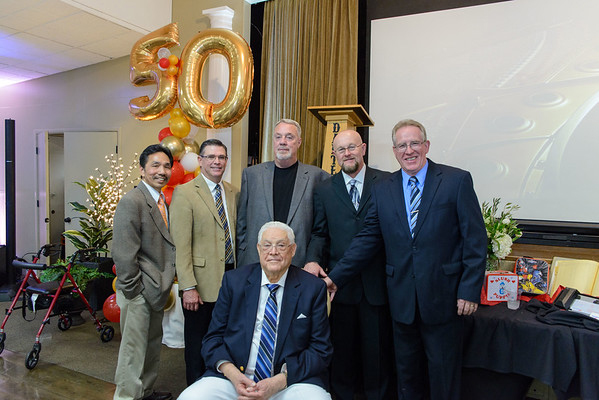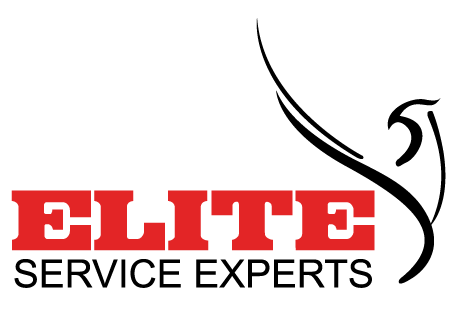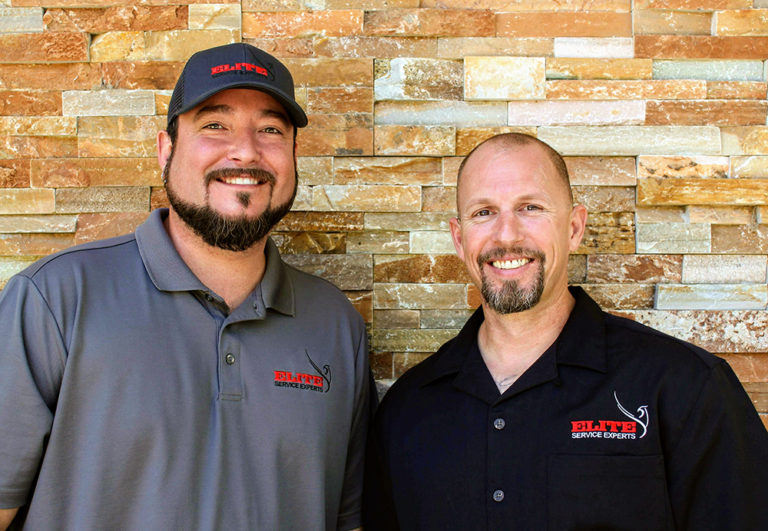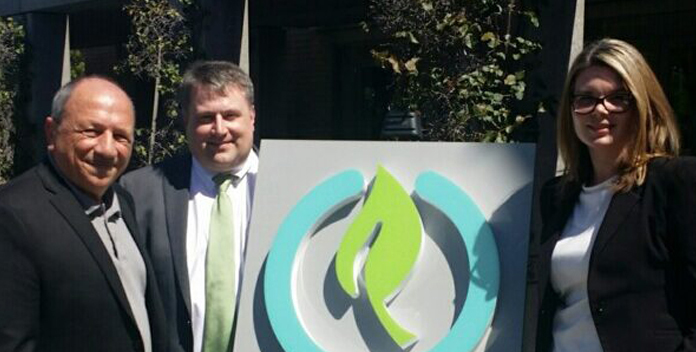
CEO Troy Soiland runs Northgate Ready Mix, a family-owned and operated business. After buying the name of the company and the client list from the previous owner in 2010, Troy also purchased three trucks and sought to modernize and rebrand the business. Almost immediately, he began searching for a larger location and shrewdly began investing money during a time when economic growth was at a standstill. What started as a three-truck, five employee operation has grown to 30 trucks and 39 employees.
Located in Windsor, CA, Northgate supplies quality concrete throughout the North Bay. Created with premium, locally-sourced aggregates and sand, Northgate’s product is created with its state-of-the-art computerized plant. The process ensures batch consistency and also facilitates the use of the latest admixtures.
We caught up with Troy and were able to speak with him about Northgate Ready Mix and his family’s ties to the community. He talked to us about the rapid growth of his company and how much has changed since he bought the use of the company name and customer list nine years ago.
The Soiland family has solid ties in the North Bay. Can you tell us a little bit about the family’s business history and how it has helped shape the surrounding communities?
The Soiland family has deep, deep ties to the North Bay building community, and it spans three generations. My father was a pipeline contractor, sand and gravel operator, quarry operator, and a land developer in the Marin and Sonoma County region. He was also politically active locally.
Besides Northgate Ready Mix, our extended family is involved in four different quarry operations, an asphalt supply company, a general engineering company, two different composting and topsoil companies, two portable concrete and asphalt recycling companies, two different heavy equipment repair and maintenance companies, a major commercial building contractor, and an industrial property management company. I have siblings who serve on local bank boards and planning boards of local government.
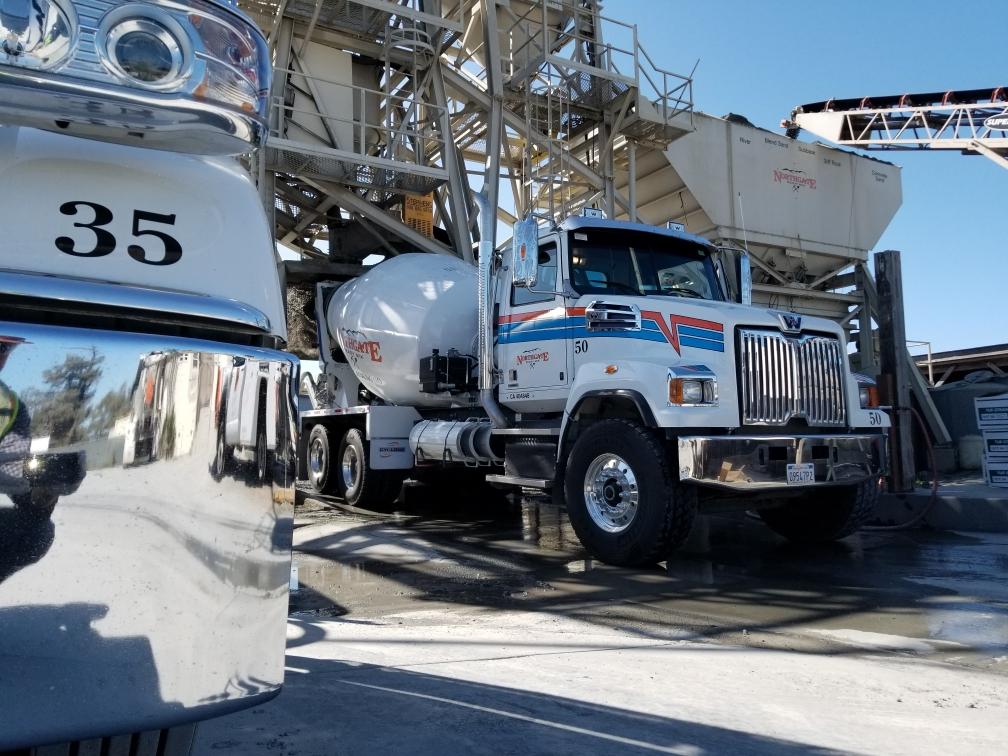
Each of these related businesses is owned and operated by the individual family members who work in them. We are not one big company. Growing up, we were given tools and provided opportunities, but all businesses sprung from personal inspiration and motivation. Very little was inherited.
Northgate Ready Mix is family-owned. How many people from your family are involved in the business? What are their roles?
Mix is a concrete supply business founded back in 2010 by myself, and my brother Dean. My wife Dawn and I are active in the daily operation and administration of the company as President and CFO, along with our oldest daughter. Both Dean and his wife Belinda are critical to the operation as the aggregate supplier, financial support, and as board members.
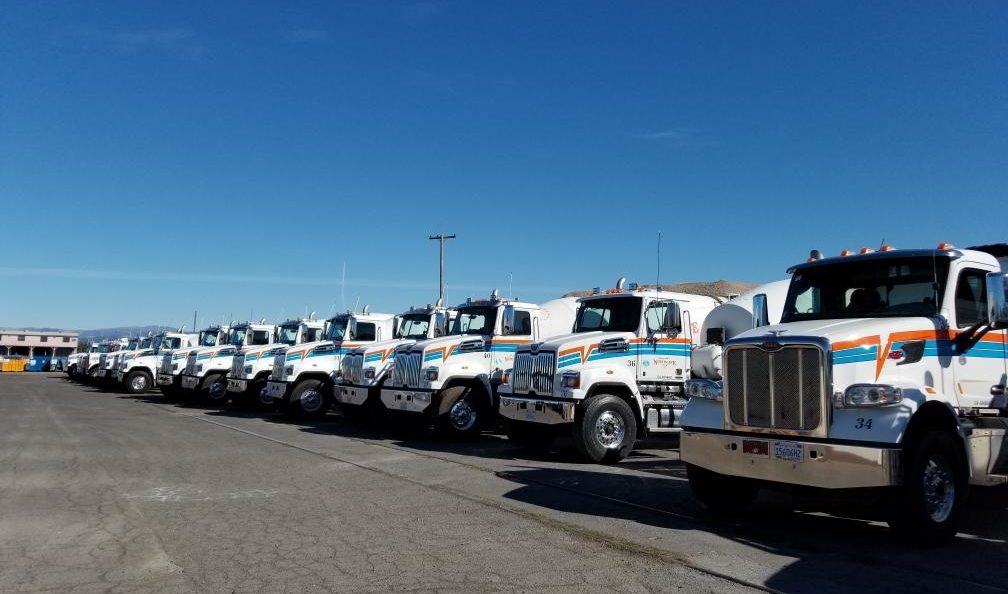
What were your most important projects?
Northgate Ready Mix is fortunate to have been involved in numerous bridge projects, wineries, breweries, subdivisions, and countless wildfire rebuild of single-family dwellings. But I think the most memorable projects are the ones that “took you to school.” You know, the ones that gave you sleepless nights wondering if you would be able to pull it off. As with any business, when you try something new, mistakes are bound to happen. But once we completed those projects and learned what we can and cannot do, the projects following run more smoothly, and you can take on more of the same types of projects.
What do you think are the key ingredients that have made Northgate Ready Mix so successful?
I believe that a big part of what makes Northgate Ready Mix successful is our community connection. As a proud member of this family, our name and reputation are very important. We service customers frequently that we’ve known for decades through school, church, or related business. In part, due to our community connection, I feel a sense of duty to uphold the highest standards in the industry.
Another important aspect of our success has been innovation. We have always sought to reuse and up-cycle at every opportunity. We have developed markets that allow us to reuse all our returned and leftover concrete by crushing it back to pieces less than 1 inch in size and shipping it to job sites in one form or another. We capture all our rinse water on-site and reuse it. We also have the capability to capture and store our rainwater for use in concrete production. We are always trying to innovate and make the most of the resources at our disposal.
What brings me the greatest satisfaction as a company owner is when a customer comments regarding the professionalism of a driver or the office staff, the first-class equipment we send out each day, the respect we have for providing excellent service, or the quality of the finished product. These represent our values. The central theme is to take pride in what you do and strive for excellence.
Northgate Ready Mix strives to provide the absolute highest level of customer service. The company makes it a point to cater to customers of all sizes and seeks to provide the highest level of customer service, taking pride in every job.
To learn more about Northgate Ready Mix, visit their website at northgatereadymix.com.



